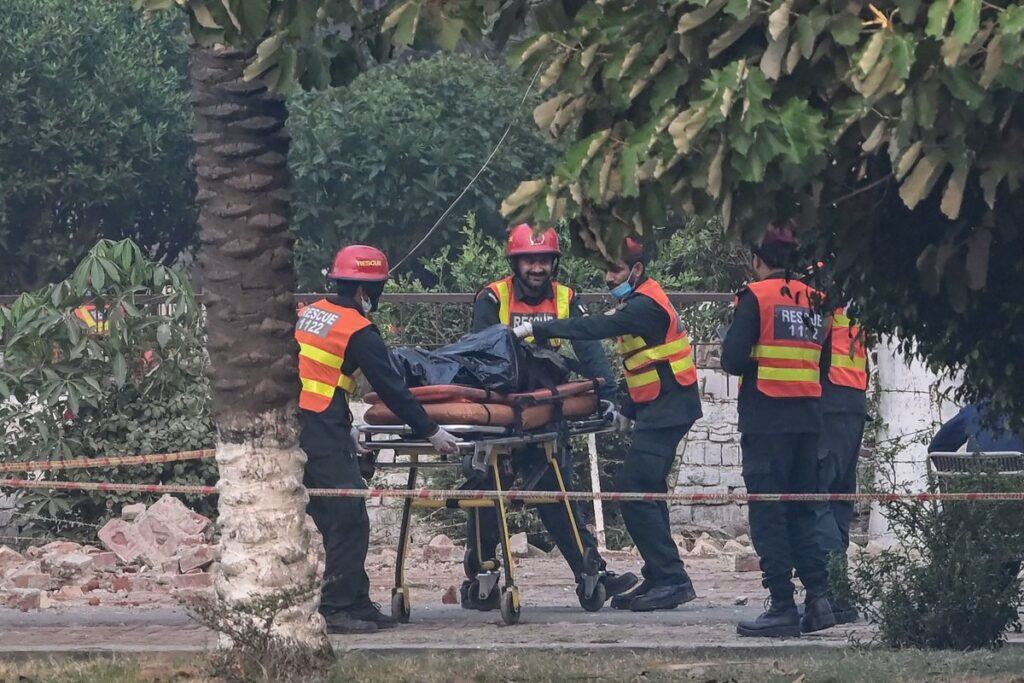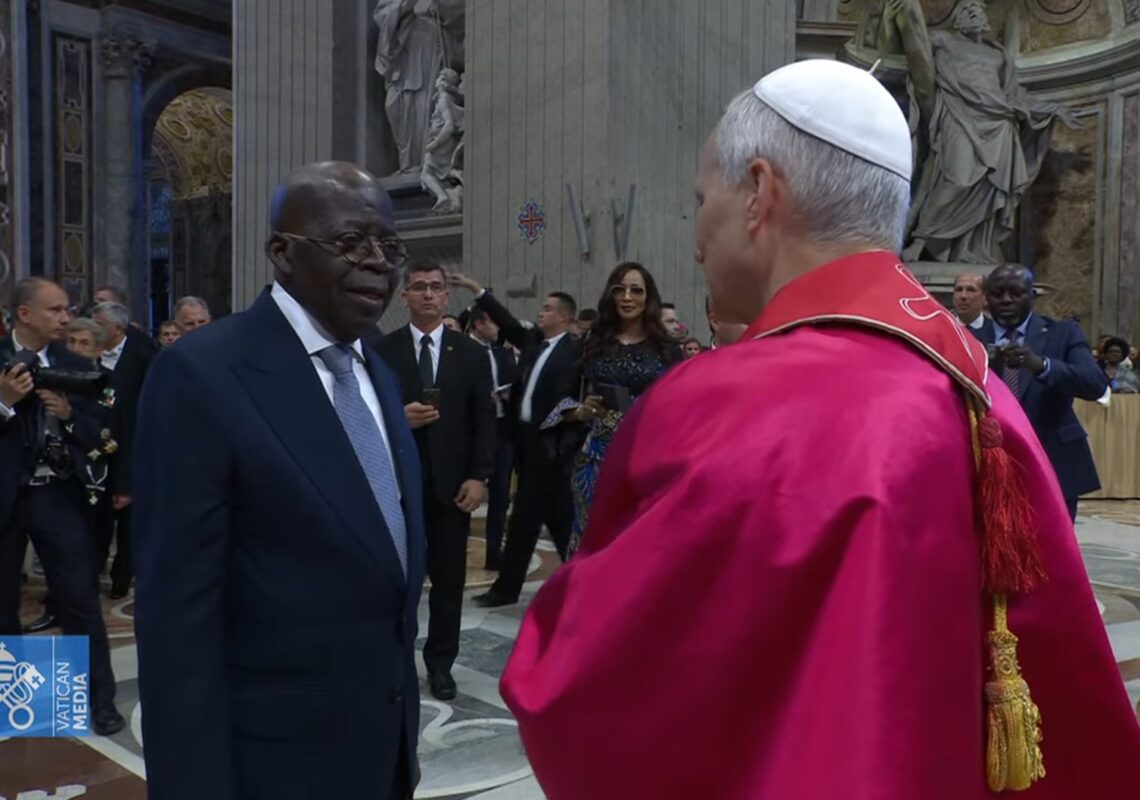Escalating Tensions: India and Pakistan Exchange Fire in Deadly Border Clashes
New Delhi and Islamabad, In a dramatic escalation of hostilities, India and Pakistan traded heavy artillery fire along their disputed frontier on Wednesday, following New Delhi’s launch of missile strikes into Pakistani territory.
The clashes mark the most intense violence between the two nuclear-armed neighbors in two decades, raising fears of a broader conflict in the volatile South Asian region.
At least 34 people have been reported killed in the exchanges, with both sides attributing casualties to the other’s actions. Pakistani officials claimed that 26 civilians were killed due to Indian strikes and subsequent border firing, while Indian authorities reported at least eight deaths from Pakistani shelling.
The violence erupted just days after India accused Pakistan of supporting a deadly attack on the Indian-administered side of Kashmir, a long-contested Himalayan territory that has been a flashpoint for decades.
The Indian strikes targeted what New Delhi described as “terrorist camps” across the border. In a statement, the Indian army asserted that “justice is served,” claiming that nine such camps had been destroyed. Indian officials emphasized that their actions were “focused, measured, and non-escalatory in nature,” aimed at countering threats to national security.
A senior Indian security source, speaking anonymously, added that the operation was a direct response to recent provocations, though they acknowledged that three Indian fighter jets had crashed on home territory during the engagements.
Pakistan swiftly condemned the strikes as an act of aggression. Defence Minister Khawaja Muhammad Asif accused Indian Prime Minister Narendra Modi of orchestrating the attack for domestic political gain, suggesting it was an attempt to “shore up” his popularity amid internal challenges.
In retaliation, Asif warned that Pakistan would not hesitate to respond forcefully. “The retaliation has already started,” he told AFP. “We won’t take long to settle the score.” Military spokesman Ahmed Sharif Chaudhry further claimed that Pakistani forces had downed five Indian jets during the aerial confrontations, underscoring the rapid intensification of the conflict.
This latest flare-up echoes previous episodes of tension between the two nations, which have fought three major wars since their partition from British India in 1947. The current violence surpasses the scale of India’s airstrikes in 2019, which were launched after a suicide bombing in Kashmir killed 40 Indian security personnel.
At the time, India claimed to have targeted militant hideouts, but the operation still led to cross-border skirmishes and international concern over the risk of nuclear escalation.
The ongoing clashes have drawn global attention, with diplomats from major powers urging restraint to prevent a humanitarian crisis. Analysts warn that the situation could spiral if diplomatic channels are not engaged promptly, given the proximity of both nations’ nuclear arsenals.
As of Thursday, both sides remained on high alert, with reports of continued military posturing along the Line of Control in Kashmir.
The roots of the conflict lie in the unresolved Kashmir dispute, where India and Pakistan each control parts of the region and accuse the other of fostering insurgency.
While Pakistan denies direct involvement in attacks on Indian soil, New Delhi has consistently alleged that Islamabad supports militant groups operating in the area. This latest episode underscores the fragile peace between the two countries, where accusations of terrorism and territorial claims continue to fuel cycles of violence.
As the death toll rises and international calls for de-escalation grow louder, the world watches nervously to see if cooler heads will prevail or if this confrontation will lead to further instability in an already tense region.




